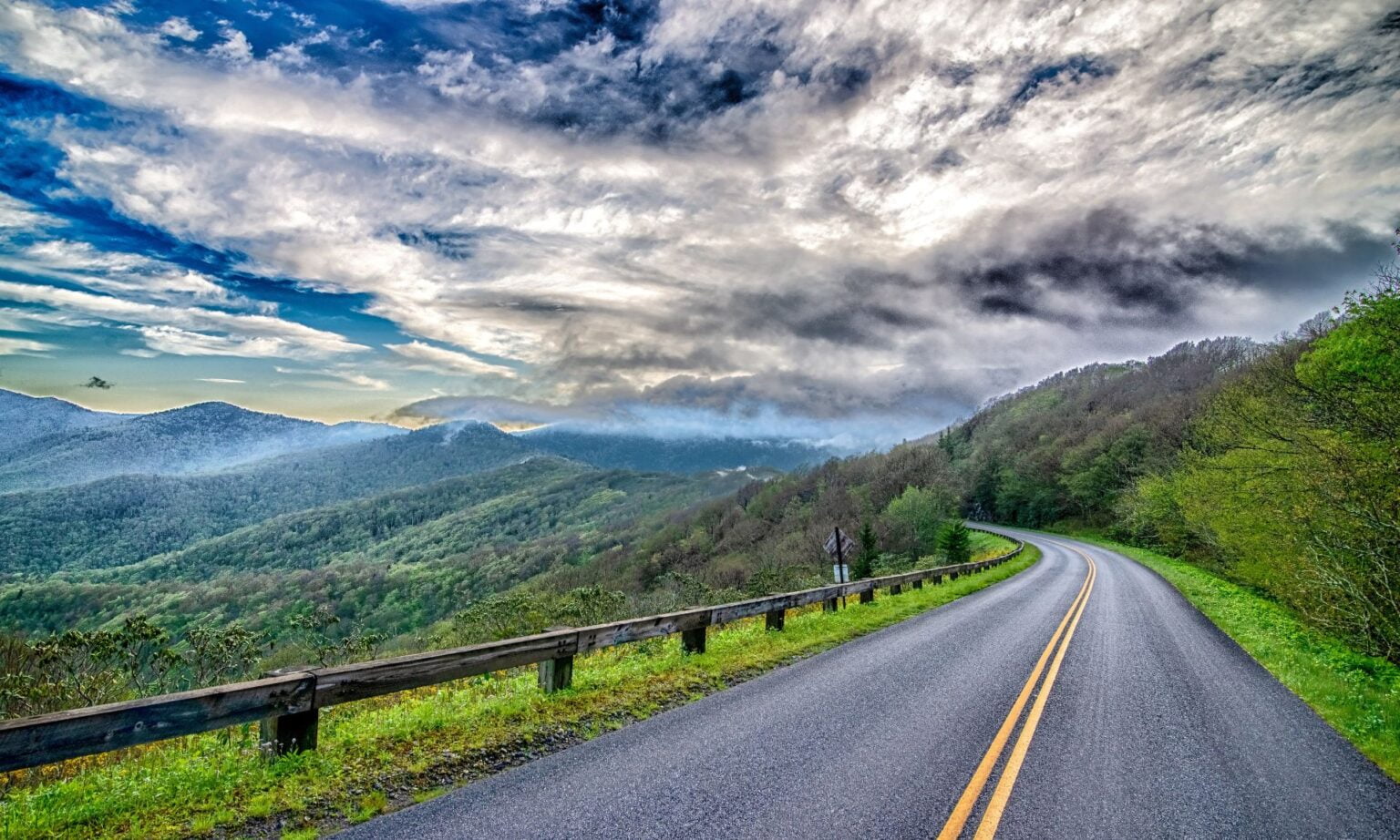Introduction
When autumn arrives in the Appalachian Highlands, nature puts on one of its most spectacular displays. The dense hardwood forests covering the ancient mountain range transform into a kaleidoscope of brilliant reds, yellows, and oranges. There is no better place to witness this colorful show than along the scenic Blue Ridge Parkway. Winding for 469 miles through Virginia and North Carolina, the Parkway offers endless panoramas of fall foliage combined with fresh mountain air and abundant outdoor adventures. Here is the ultimate guide to experiencing the Blue Ridge Parkway in the glory of the fall season.
When and Where to Go
The peak period for fall colors along the Parkway typically falls sometime between mid-October and early November, depending on elevation and weather patterns. In general, the higher elevations near the Parkway’s southern end around Asheville tend to change earlier, usually hitting peak around the third week of October. Farther north, areas around Roanoke and the Peaks of Otter see colors a bit later, often peaking in early November.
Some top spots for viewing the vibrant fall foliage include
– Waterrock Knob (Milepost 451) – This visitor center at over 5,800 feet offers sweeping vistas across mountains blanketed in autumn hues.
– Linn Cove Viaduct (Milepost 304) – The iconic elevated roadway winds through fiery fall colors in the Grandfather Mountain area.
– Peaks of Otter (Milepost 86) – Hike to incredible overlooks over the valleys changing colors below in this Virginia section.
– Mount Mitchell (near Milepost 355) – The highest point east of the Mississippi at over 6,600 feet delivers 360-degree fall views.
READ ALSO: 10 Travel Essentials To Never Leave Home Without
Sightseeing and Activities
In addition to admiring the scenery, there are numerous other ways to enjoy the outdoors on the Blue Ridge in autumn:
– Hiking – Countless trails lead to waterfalls, balds, and summits with colorful vistas like Graveyard Fields, Rough Ridge, and Sharp Top.
– Camping – Sleep under a kaleidoscope canopy at scenic campgrounds near Linville Falls, Crabtree Falls, and more.
– Picnicking – Pack a meal and dine at roadside stops or scenic spots like Cumberland Knob with endless views.
– Cycling – Pedal along the motor-road free Parkway for easier scenic rides or more challenging single-track trails.
Fall Events & Tips
Complement your leaf-peeping with Blue Ridge’s seasonal events and things to do. Attend harvest festivals, visit pumpkin patches, or explore corn mazes in quaint mountain towns along the way. For overnight stays, opt for cozy cabins, B&Bs, or rent homes in charming communities like Blowing Rock and Boone. And remember to pack warm clothes and layers, as mountain weather can vary greatly, from summerlike warmth to winter chill.
Whether you drive just a small stretch or cruise its entire length, the Blue Ridge Parkway offers a breathtaking and immersive fall getaway. Soak in the kaleidoscope of colors, kick up your feet at an overlook, and revel in those crisp mountain air moments that make autumn memories so vibrant.
Frequently Asked Questions
When is the best time to visit the Blue Ridge Parkway for fall foliage?
The peak period for viewing fall colors is typically mid-October to early November, though the exact timing varies by elevation and weather. Higher elevations near Asheville tend to peak earlier, around late October. Areas farther north like Roanoke often peak in early November.
How long does it take to drive the entire Blue Ridge Parkway?
Driving the full 469-mile length of the Parkway takes around 16-18 hours if driving straight through with minimal stops. Most visitors spread it out over several days or even a week to allow for hikes, sightseeing, and enjoying the scenic pullouts along the way.
Are reservations needed for campgrounds on the Blue Ridge Parkway?
Reservations are highly recommended for the Parkway’s most popular campgrounds, especially for prime fall dates. However, some campgrounds are first come, first served. Be sure to check reservation details for your desired campground well in advance.
What is the entrance fee for the Blue Ridge Parkway?
There is no entrance fee for driving the Blue Ridge Parkway since it is part of the National Park Service. However, fees may apply for camping, guided activities, or entry to adjacent parks and attractions along the route.
Is the entire Blue Ridge Parkway drivable?
Yes, the full 469 miles of the two-lane Parkway from Front Royal, Virginia, to Cherokee, North Carolina, is fully drivable as long as road conditions permit. Sections may periodically close due to inclement weather or maintenance.
Conclusion
With its winding roads, breathtaking vistas, and endless outdoor recreation, the Blue Ridge Parkway is an iconic American road trip and nature lover’s paradise. In the fall months when the leaves turn fiery shades across the Appalachian mountains, the drive becomes even more spectacular. Between taking in the panoramic views, enjoying cozy towns, and hiking or camping in the colorful landscapes, the Parkway offers incredible experiences for all ages and interests. While the peak foliage season sees larger crowds, visiting in spring, summer, or winter delivers its own rewards. Whenever you go, be sure to stop at the scenic overlooks, soak in the crisp mountain air, and embrace the magic that makes this unforgettable drive such an American treasure.
In another related article, Experience Winter Wonderland at Sun Valley Ski Resort, Idaho, USA






